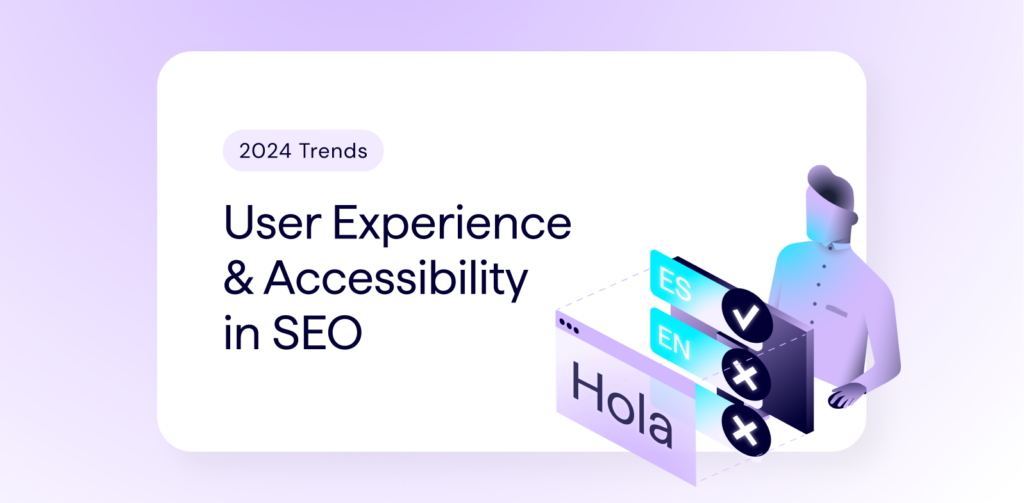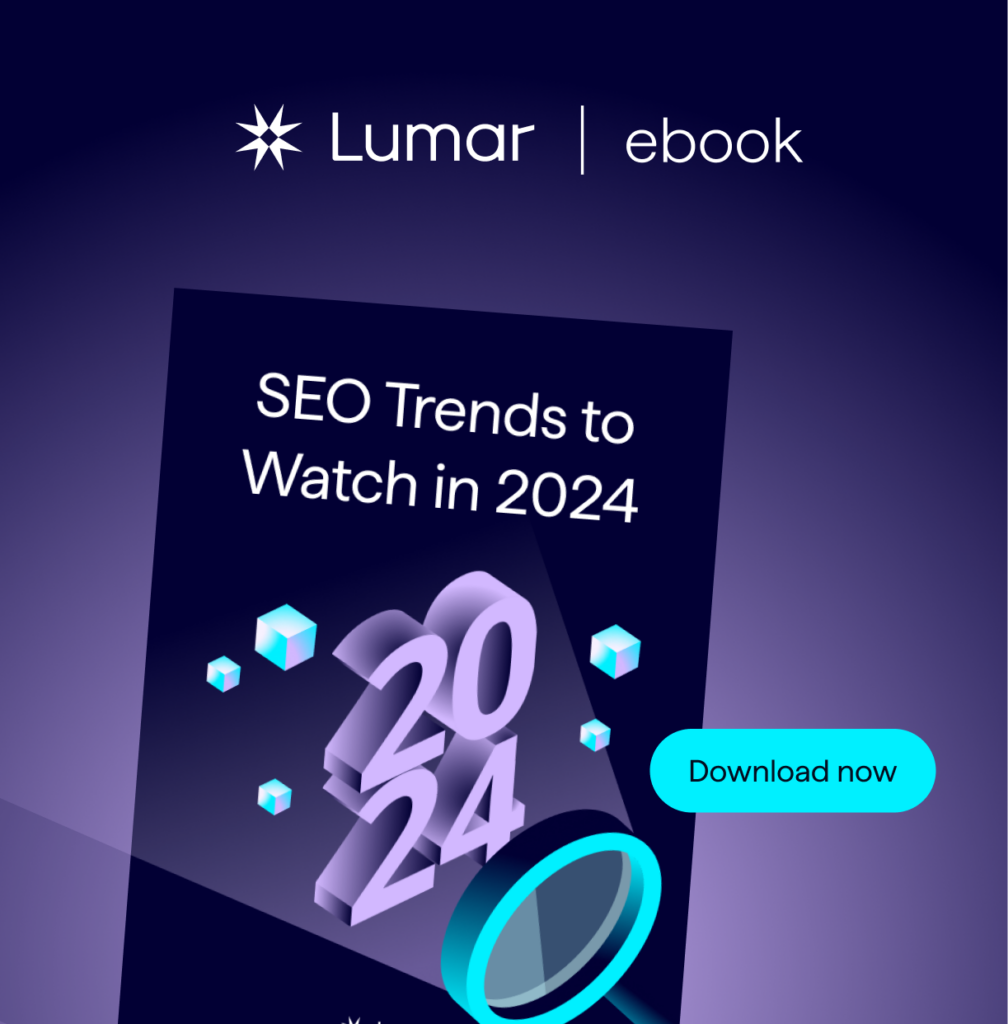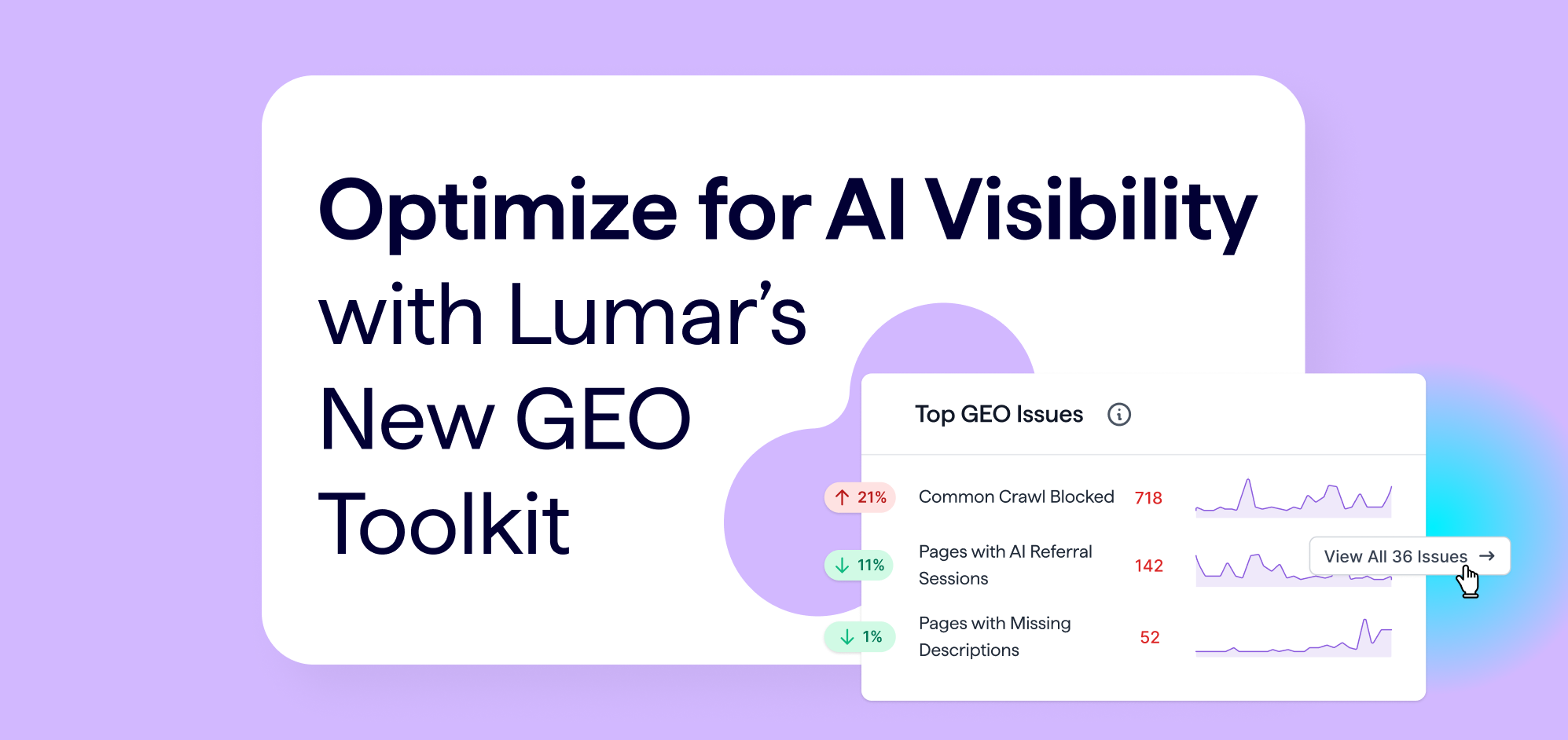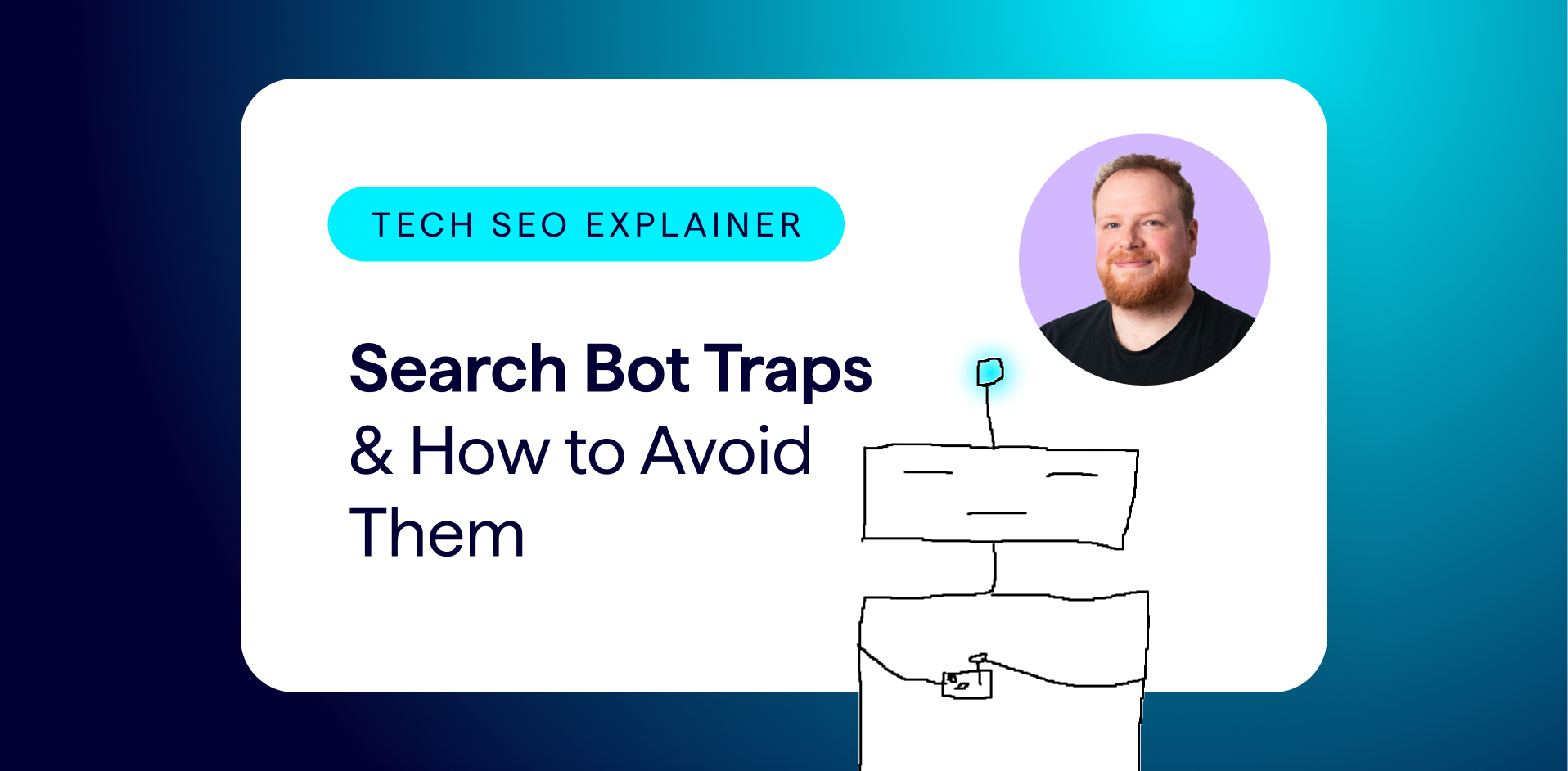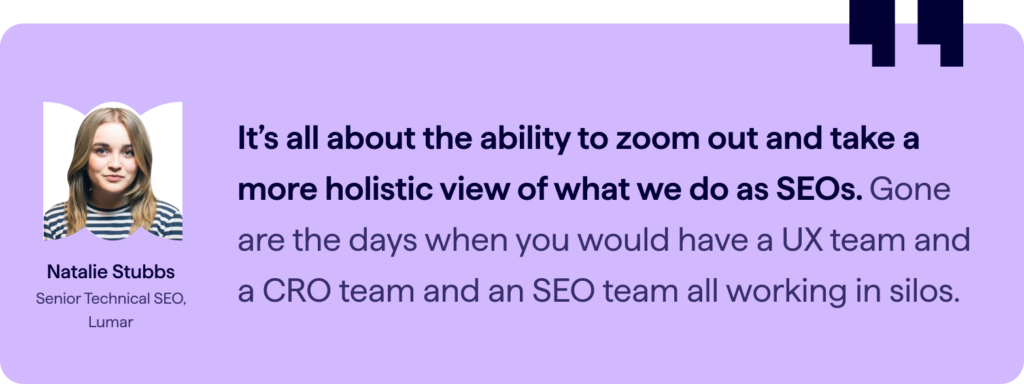
In 2024, SEO professionals need to address not only their sites’ content quality but also the quality of their website’s user experience.
Just as Google dropped hints about its increasing focus on content quality before launching the Helpful Content System and subsequent updates, Google has also been dropping hints about the growing importance of user experience for search ranking for years now.
UX came to the forefront as an SEO factor when Google first launched its Core Web Vitals back in 2021. With updated metrics coming to Core Web Vitals coming this year (Note: a new ‘Interaction to First Paint’ metric will be replacing ‘First Input Delay’ in March 2024) — it’s clear that Google is still focused on promoting sites with good UX in its search engine results pages.
But beyond just being an SEO factor, user experience directly impacts how well your website converts and how much revenue is generated for your business.
Slow-loading websites negatively impact users’ willingness to purchase. A mere 1-second delay in page load time, for example, can lead to a 26% reduction in conversions, according to global mobile sessions analyzed by Akami during peak Cyber Monday sales. Clearly, page speed and other user experience metrics matter for both SEO and for sales.
Here are just a few additional data points on the importance of improving your site’s UX attributes:
- In a Vodafone case study published on web.dev, they report that Vodafone, a major European telecom company, found that a 31% improvement in LCP (one of Google’s Core Web Vitals metrics) was tied to an 8% increase in sales.
- A 300-millisecond reduction in load time correlated to 12% more user engagement and 9% more page views per session for Nikkei, a large publisher in Japan, according to a Google Search Central report.
Google’s Core Web Vitals: UX-focused ranking factors
As early as 2020, Google signaled the importance of user experience metrics as ranking factors when they announced that new Core Web Vitals metrics would be introduced to their core search algorithm in 2021.
Google’s Core Web Vitals metrics include:
1.) Interactivity Metrics — Measured by FID (First Input Delay)
- Note: FID will soon be replaced by INP (Interaction to Next Paint) – Expected March 12, 2024
FID measures interactivity delays on a web page. It’s focused on the time between when a user first interacts with a page (for example, clicking a button or tapping a link) and when the browser starts to process that interaction.
SEO Best Practice for Interactivity: Ensure your page responds to user interactions with 100 milliseconds or less.
2.) Load Time Metrics — Measured by LCP (Largest Contentful Paint)
LCP measures loading performance and is focused on the largest element that loads in on the initial viewport. It’s important to note this is different from ‘First Contentful Paint’, as that metric focuses on only the first thing that’s loaded rather than the biggest.
SEO Best Practice for Load Time: The largest content block on a page should render within 2.5 seconds of page load.
3.) Visual Stability Metrics — Measured by CLS (Cumulative Layout Shift)
CLS measures the visual stability of content on a web page. This metric looks at unexpected layout shifts when a page is loaded. If you’re loading in banners very late in a page’s load time, any resulting unexpected layout shifts would harm your CLS score.
SEO Best Practice for Visual Stability: Sites should aim to have a CLS of 0.1 or less.

“Particularly for news publishers, site speed can be the difference between landing a Top Stories placement or not. Google takes a first pass at indexing the content and considers it for ranking before it’s gone through the rendering queue.”
“Given the increased importance of timeliness [in SEO for news websites], the speed and completeness of content that Google can glean from this first indexing pass has extra weight.”
Further reading on UX, Core Web Vitals for SEO:
- The Complete Guide to Core Web Vitals (Lumar eBook)
- The Page Weight Playbook for Technical SEO Success (Lumar On-Demand Webinar)
- Core Web Vitals – What’s New? (Lumar On-Demand Webinar)
Website accessibility & SEO
Search engine algorithms are designed, and constantly updated, to serve the end-user well. That means benefitting all users — including those that rely on assistive technologies to access the web.
Making accessibility improvements on your website can have wide-reaching user experience benefits. But can it improve SERP performance as well?

“Just as Google aims to serve its end-users, we should also be optimizing our sites for the benefit of the users.”
In early 2023, a study conducted by Accessibilitychecker.org, BuiltWith, and SEMrush, found that better website accessibility correlates to better online discoverability. For 850 domains studied, 73% of websites showed an increase in organic traffic after implementing web accessibility optimizations. … And 66% of those websites increased their organic traffic by over 50%.
But there are broader business reasons to prioritize website accessibility in 2024 as well:

1) The human element
First and foremost, ensuring your website is accessible to all users is simply the right thing to do. But there are plenty of other reasons businesses need to address accessibility on their digital properties as well.
“The human angle is the main angle for accessibility,” says Lumar’s product manager, Matt Ford in our recent webinar, Website Accessibility Audits in Action.
“In the modern world, there is no need for anybody not to be able to successfully do what they’re trying to do online,” he says.
2) The revenue element
There are also tangible financial considerations when it comes to improving your website’s accessibility.
Matt Ford notes that the global spending power of people with disabilities and their families is $8 trillion:
“There is a large opportunity with people who are potentially excluded from your offering by not providing an accessible experience, Ford notes.
If someone using a screen reader, for example, isn’t able to complete their check-out flow and purchase your item, then you’re missing out on revenue. You’re potentially excluding a large market of people who would like to use your services.


3) The legal element
There are also legal considerations for businesses and organizations whose websites are not compliant with local accessibility laws.
“The number of lawsuits against websites that aren’t compliant with accessibility regulations is going up year on year. It can be very expensive, it can be very arduous. And you then have to start putting together a plan, put tooling in place… getting ahead of that can be very important as well,” explains Matt Ford.
Further reading on website accessibility:
- Why SEOs Need to Understand Website Accessibility (Lumar Blog)
- The Business Case for Website Accessibility (Lumar Blog)
- The Future of Website Accessibility: Emerging Trends and Technologies (Lumar Blog)
- Fix & Prevent Common Website Accessibility Issues (On-Demand Lumar Webinar)
- New AI-Powered Website Accessibility Recommendations in Lumar (Lumar Blog)
- An Introduction to ADA Website Accessibility Compliance (Lumar Blog)
